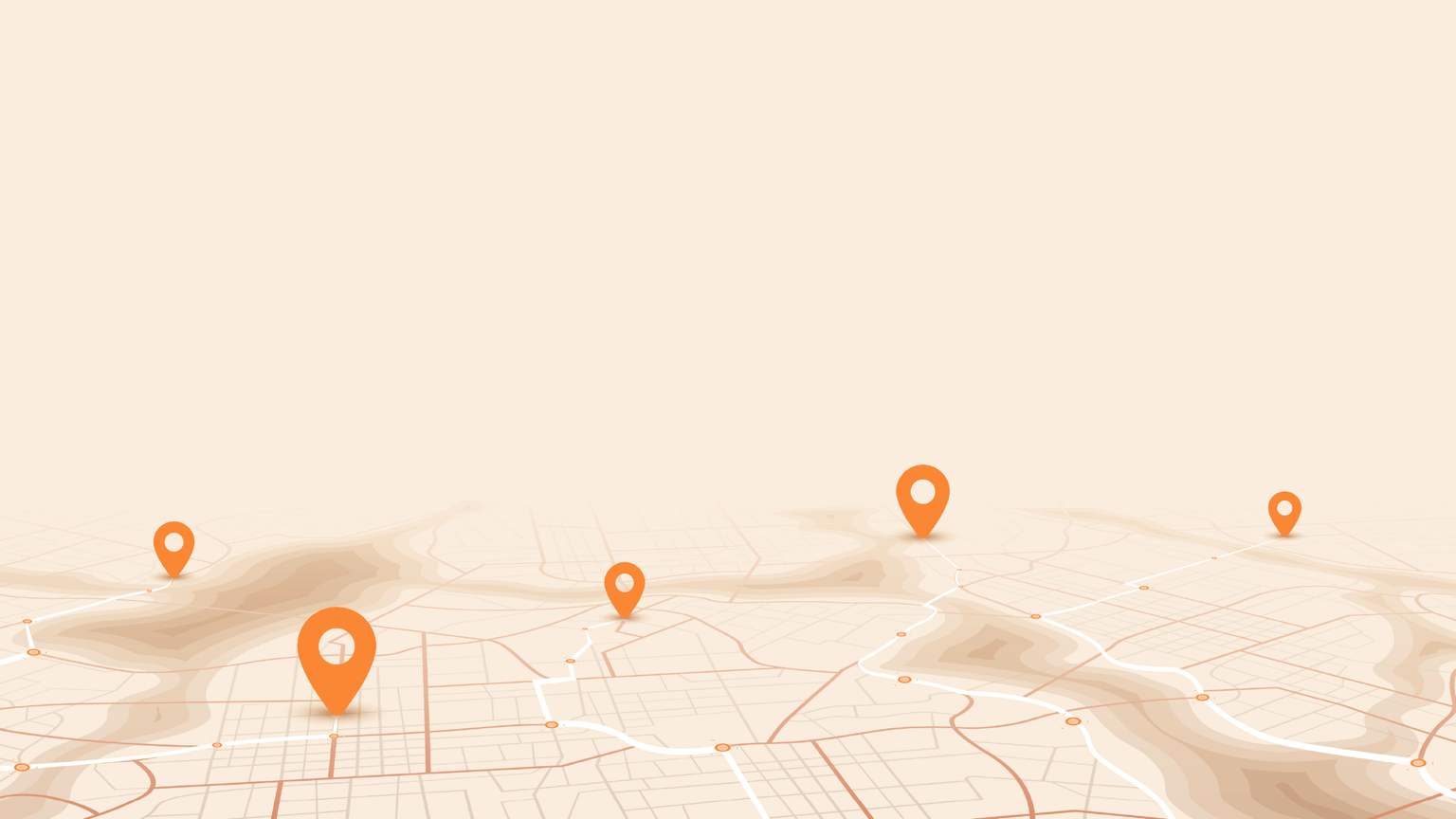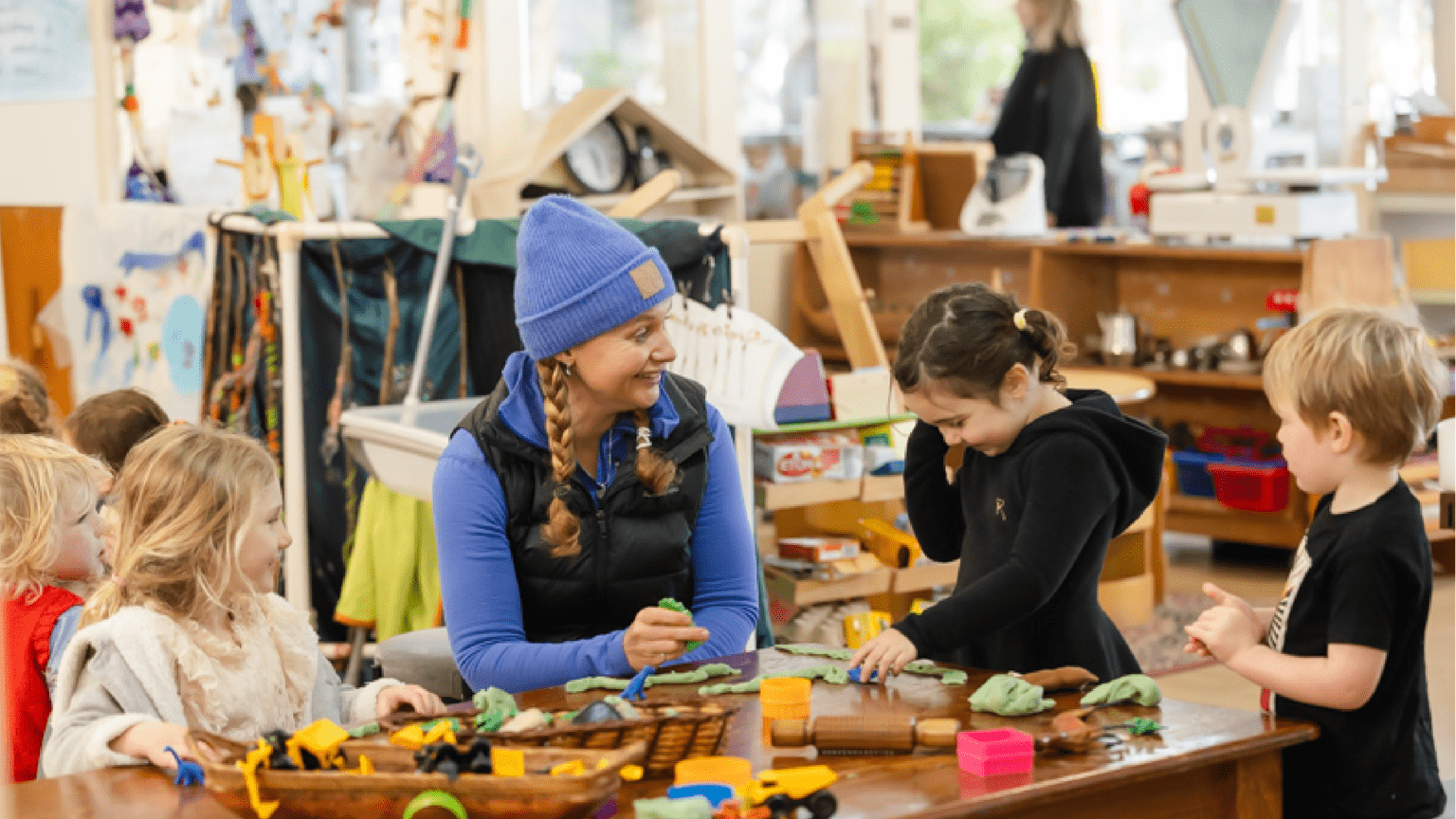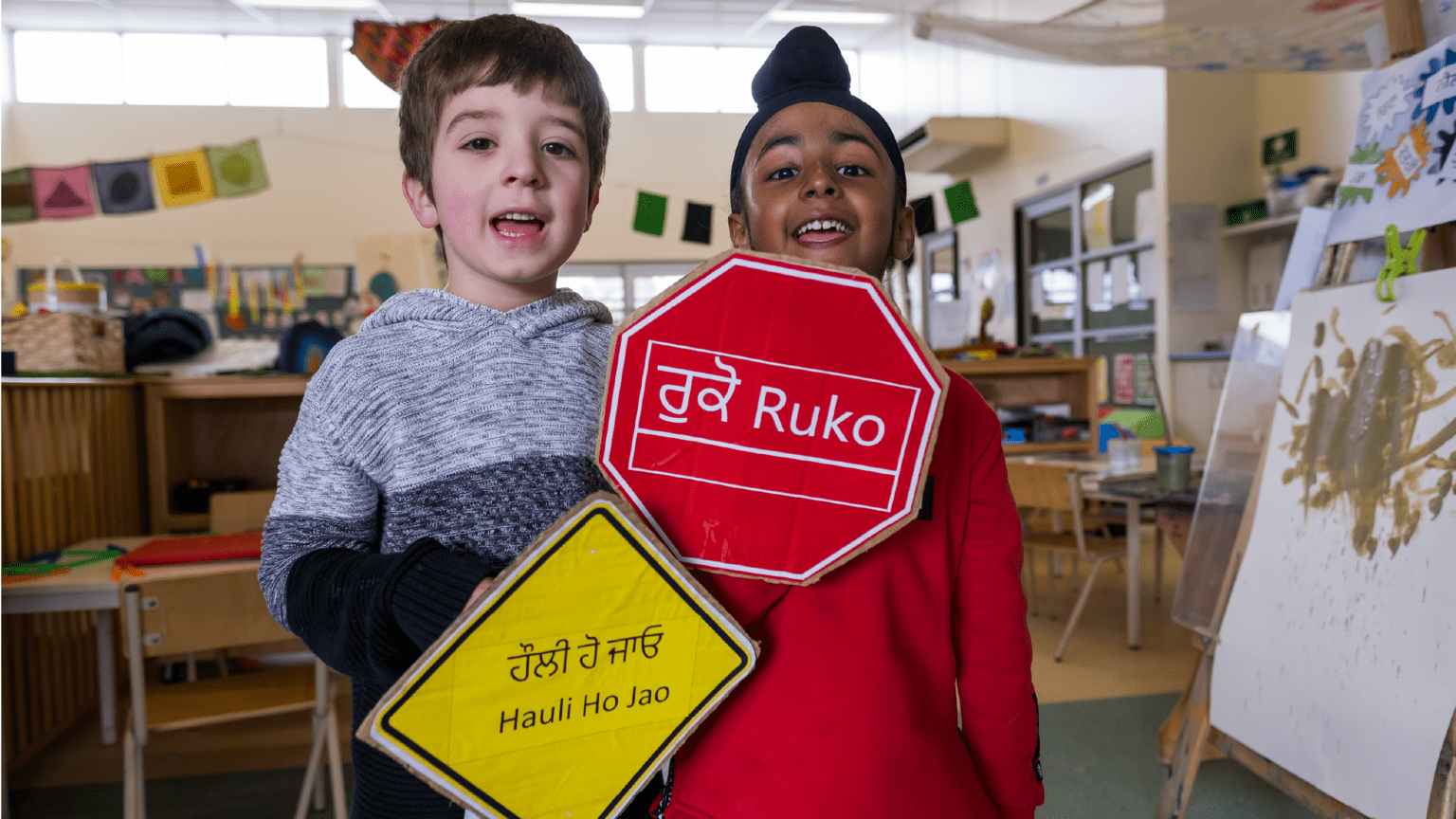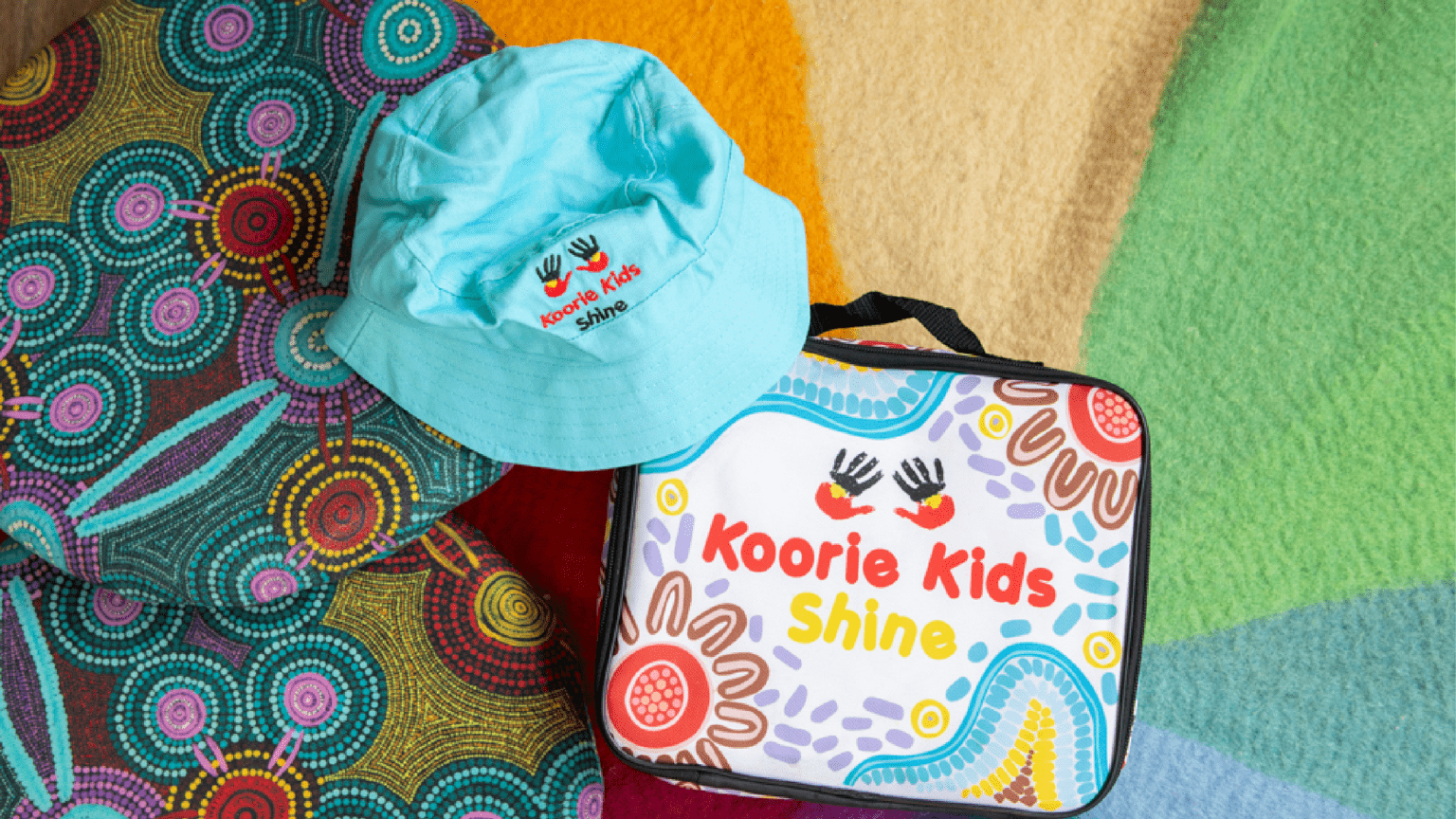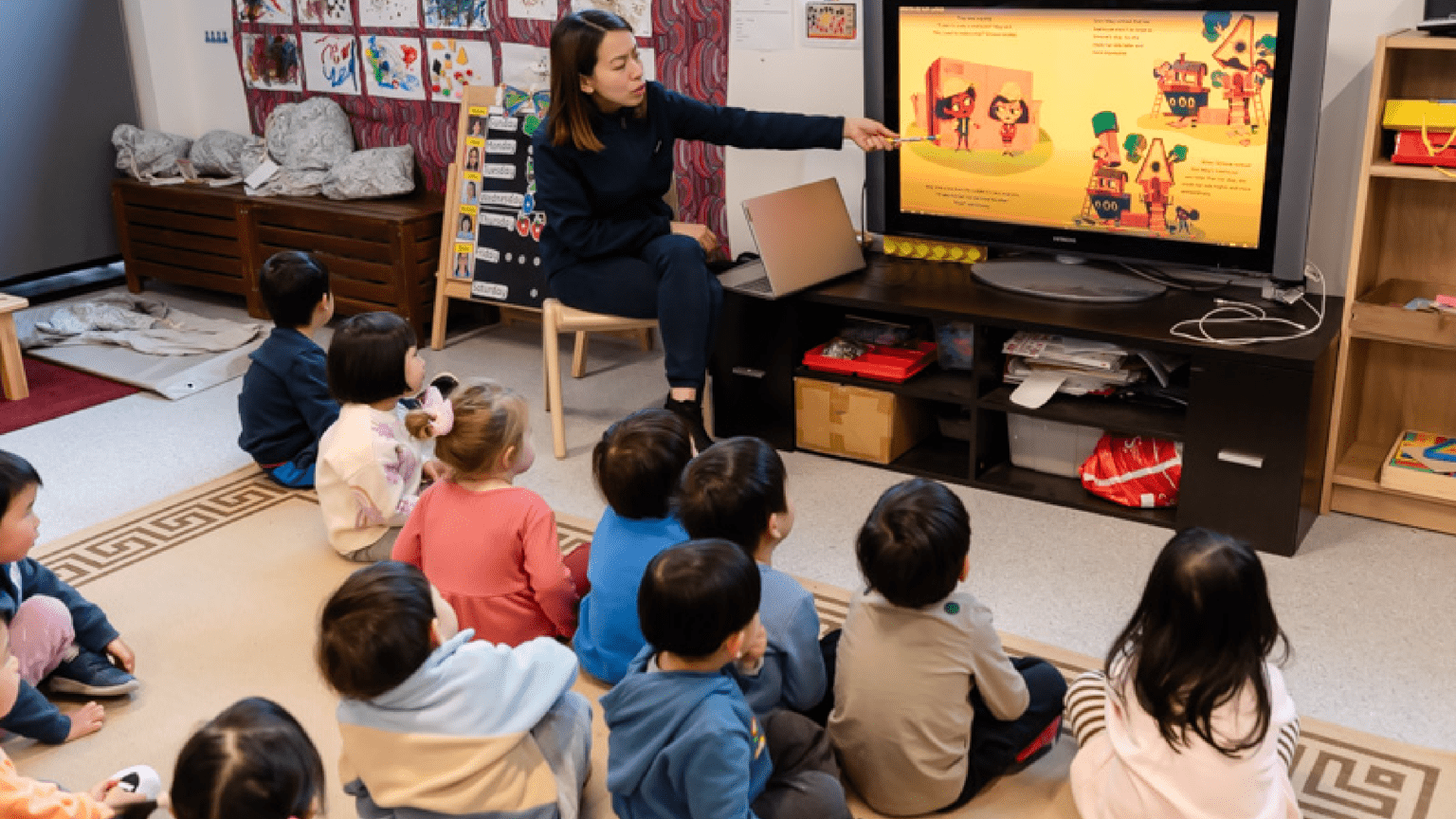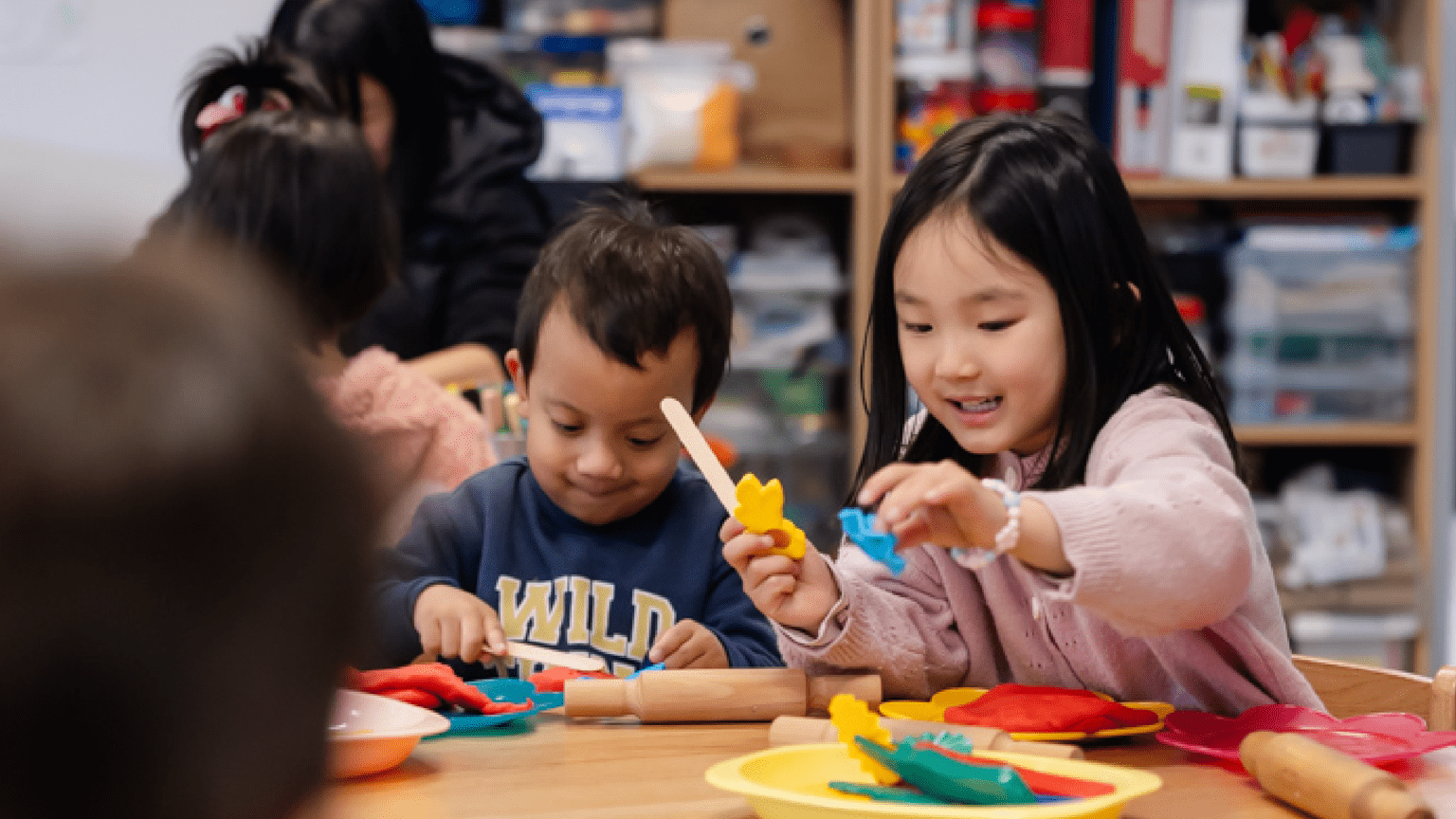About Pre-Prep
Four-Year-Old Kindergarten is becoming Pre-Prep, starting with 6 local government areas in 2025.
There is no difference between the program offered for Four-Year-Old Kindergarten and Pre-Prep. Pre-Prep offers children more hours to learn and socialise through play. Pre-Prep will be delivered through standalone (sessional) kindergartens and long day care centres.
Three-Year-Old, Four-Year-Old Kindergarten and Pre-Prep are part of Free Kinder. Find out more about Free Kinder.
Find out if your child is eligible
Use the Pre-Prep calculator to find out if your child is eligible to attend Pre-Prep and when they can start.
Before you start, you need to know your local council.
Pre-Prep calculator
Introduction to Pre-Prep
The benefits of Pre-Prep for your child
Pre-Prep roll-out schedule
Pre-Prep parent and educator case studies
Learn more about...
Updated


